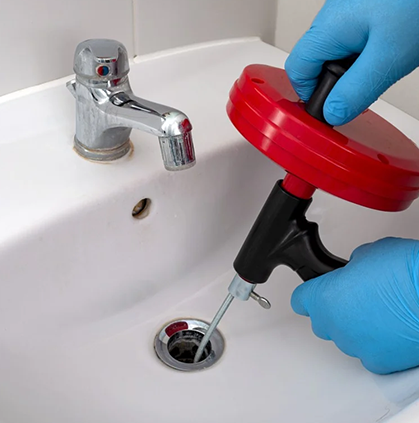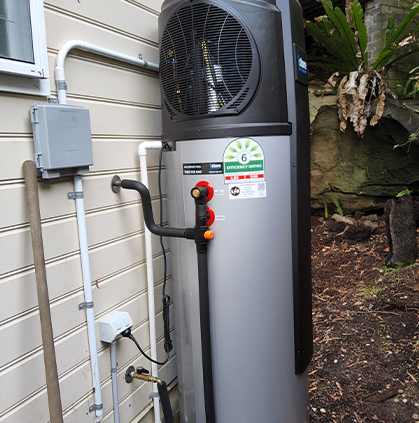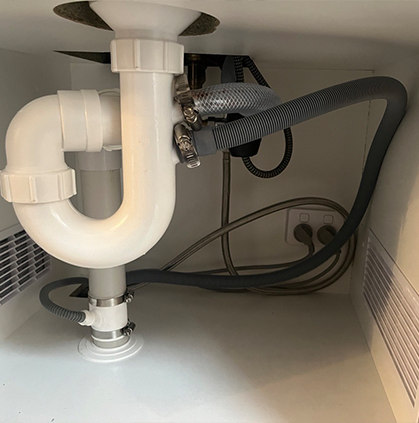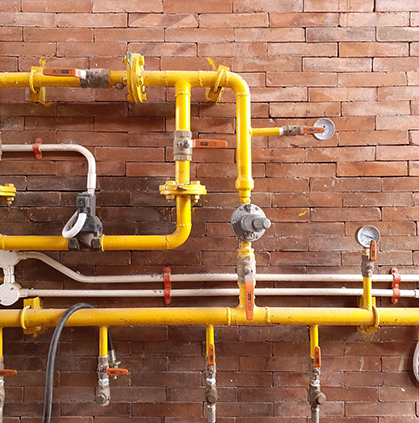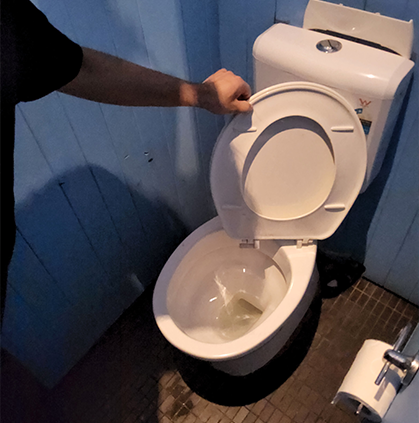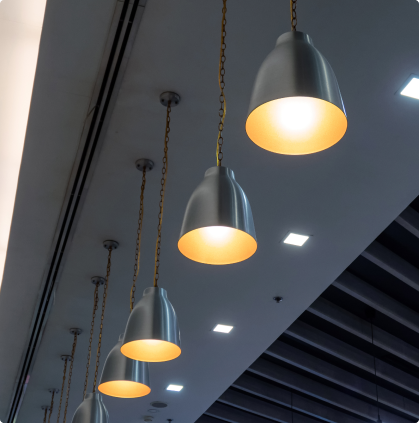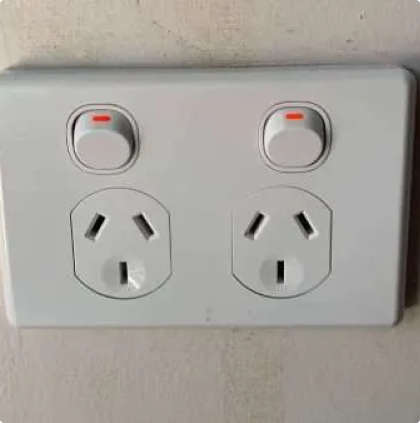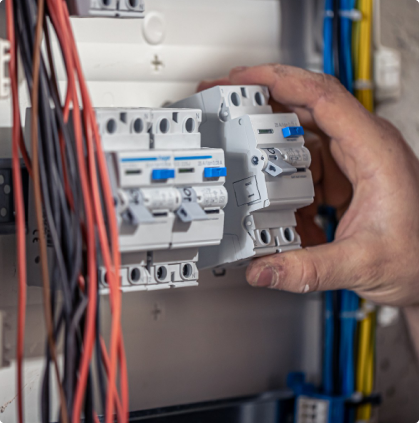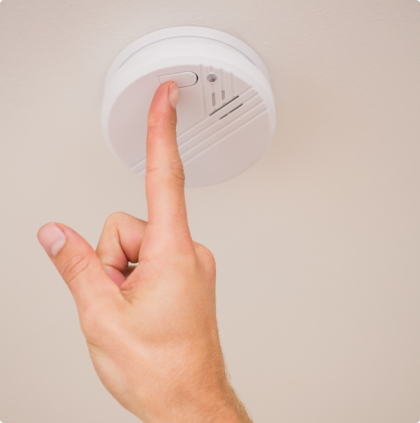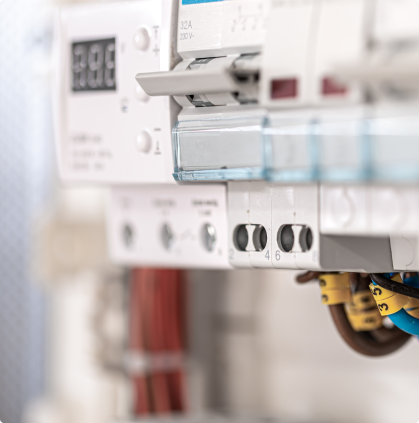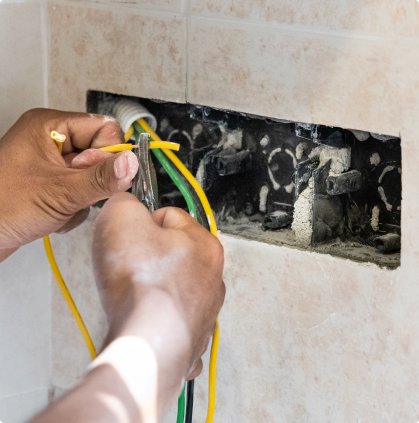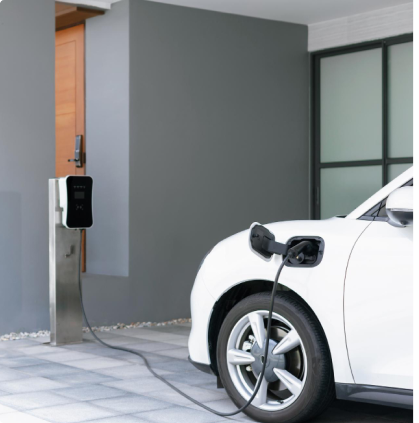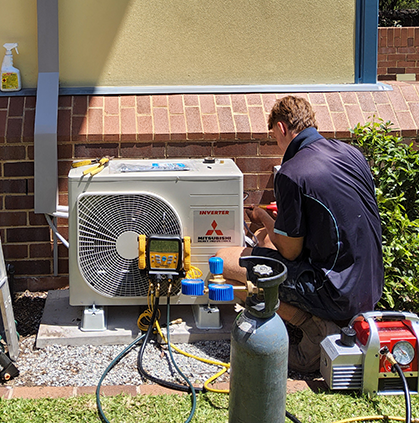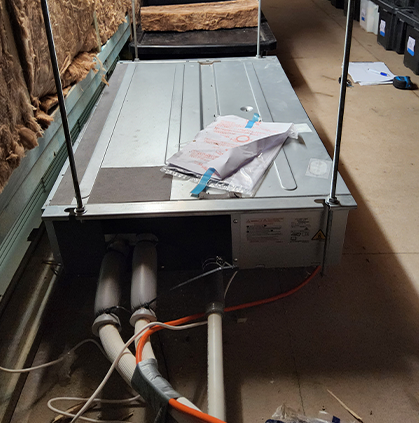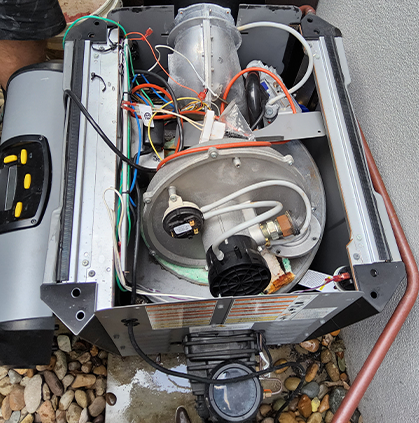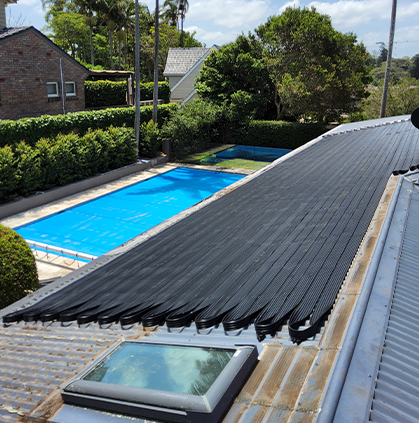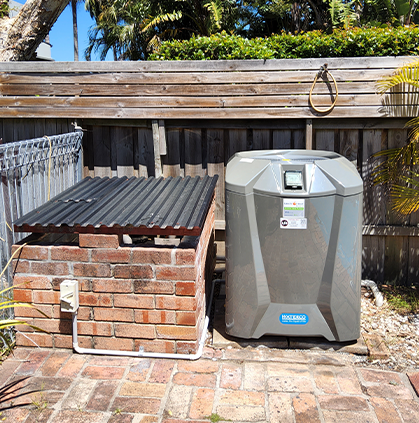Imagine going to an electronics store and confidently shouting, “I need an HVAC, please!”, only for the store employee to direct you to an air conditioning unit.
In your mind, you might be picturing something else. You’re not entirely wrong, since air conditioning is just one component that makes up an HVAC.
So, what is HVAC, and what does it stand for? Let’s get to the bottom of the matter now.
What is HVAC?
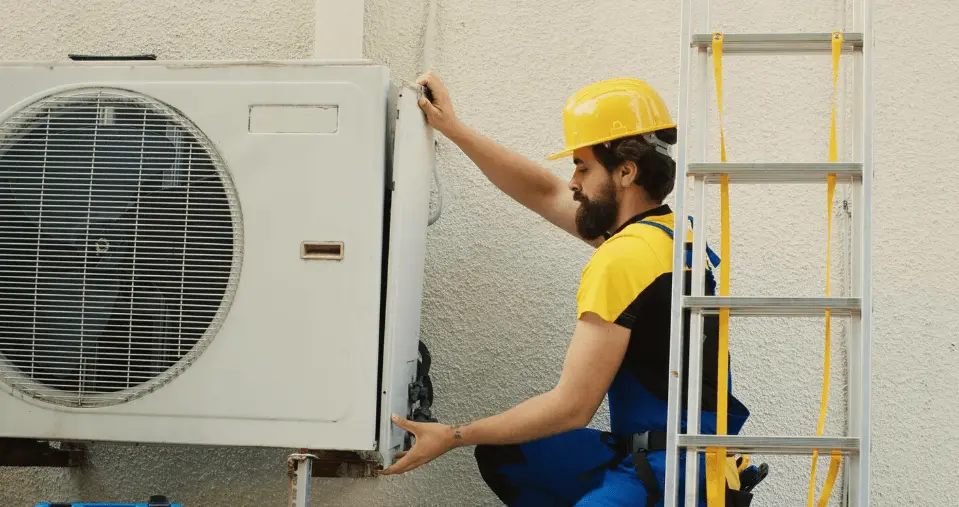
Most people think HVAC just revolves around air conditioning, but it actually covers a lot more.
HVAC is an acronym that stands for heating, ventilation, and air conditioning.
When you walk into your room, your office, or a mall, an HVAC system is there to regulate the temperature, humidity, and air quality in indoor spaces.
During winter, an HVAC system brings heat inside to keep you warm. During summer, an HVAC circulates cool air to keep you from sweating profusely and losing electrons.
That’s why an HVAC is suitable wherever you live, whether you’re in a four-season or a tropical country. It’s designed to both heat and cool, adjusting temperature and humidity automatically based on outdoor conditions and indoor comfort settings.
Components That Make Up an HVAC System
Now that you understand HVAC meaning, it’s time to break down what’s inside the system to understand how it further works.
1. Heating Units
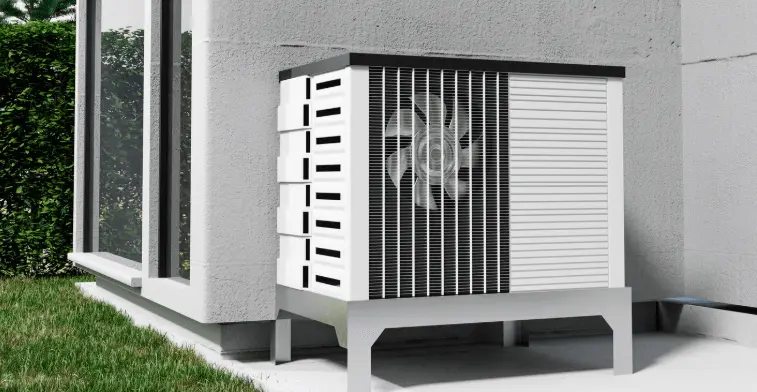
Heaters have the main mission to generate heat for the building. That’s why every HVAC system has a central heating unit.
Take a peek inside the unit, and you’ll see components such as a boiler, furnace, and a heat pump to heat water.
This system is usually found in a furnace of a home or a mechanical room in a corporate building. Heat is then transferred through convection, conduction, or radiation.
2. Ventilation Ducts
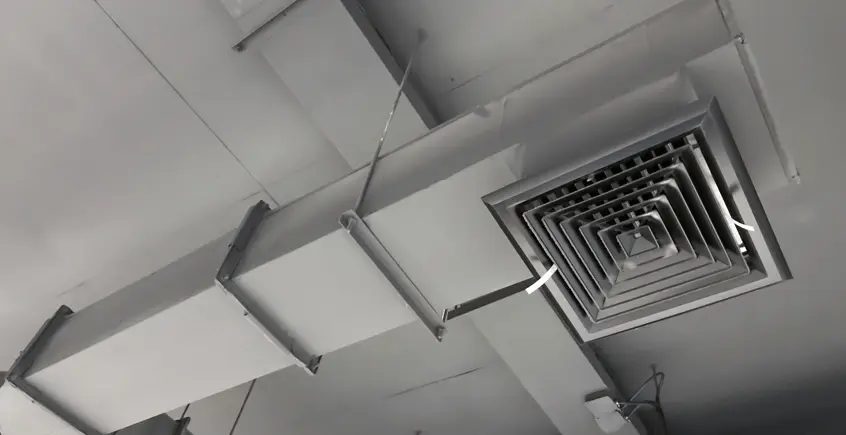
Ventilate ducts ventilate your room. In other words, they exchange or replace the air within the space to remove moisture, odors, smoke, heat, dust, and airborne bacteria, and other contaminants while replenishing oxygen.
All of these lead to a balanced temperature. That’s why ventilation ducts are important not only for aesthetics, but also for health promotions. They circulate fresh air and help prevent respiratory issues.
3. Air Conditioning Units
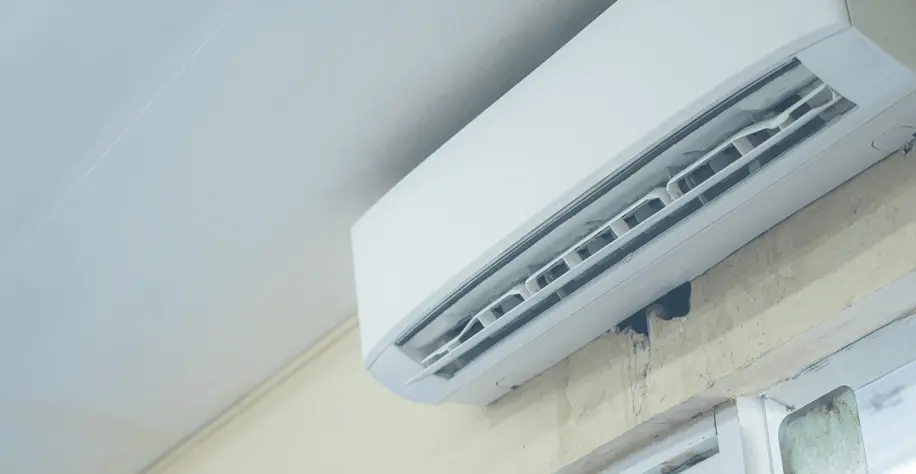
An air conditioning system cools and/or controls humidity, usually in every part of the building.
There’s a standard that one room can only have one AC system. Buildings with air conditioning often have sealed windows, as open windows can tamper with temperature regulation.
An AC works by drawing in fresh outdoor air through a vent into a mixing chamber, where it combines with the air from the indoor space.
This mixed air then passes through an indoor or outdoor heat exchanger to be cooled before sending it back into the indoor space.
The proportion of fresh air can be adjusted by changing the vent opening, with a typical fresh-air intake of about 10% of the total supply air.
How Do HVAC Components Work Together?
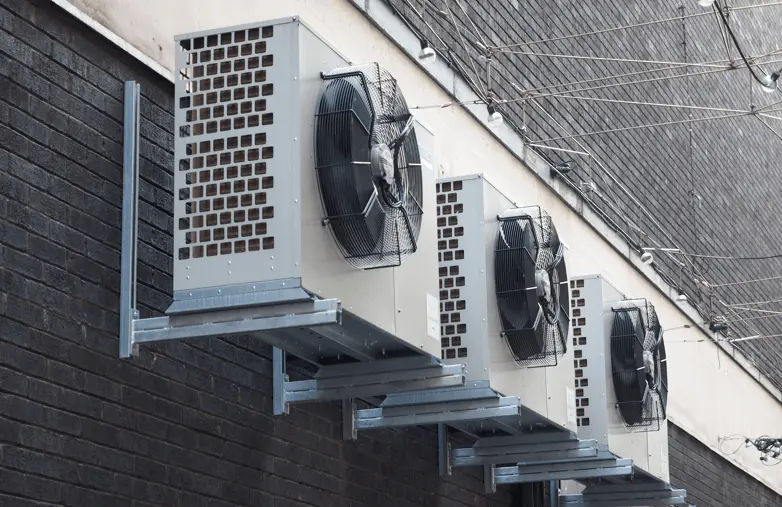
First of all, the thermostat will monitor your home’s temperature. It’ll signal the system to cool or heat whenever needed. Depending on your setting, the furnace or heat pump generates warm air, while the air conditioner removes heat from inside.
The air handle or furnace blower then pushes the conditioned air through the ductwork, ensuring it reaches every room.
If your ductwork fails to deliver conditioned air, your room will feel too hot or too cold, and it’s a sign that you need a ducted air conditioning repair.
As you can see, each component plays a distinct role. But together, they operate as one system to keep your indoor environment comfortable and free from pollutants.
Types of HVAC Systems
So, you’ve decided to use an HVAC system. There are a couple of types available, so you need to know how they stack up against each other before committing to the one that truly addresses your needs.
- Split system. The most common type in residential buildings. A split system installation requires the installation of two components, one for heating and the other one for cooling.
- Hybrid split system. It works similarly to the split system, but the difference is that it doesn’t only rely on gas to produce heat, as its heater can also power electricity for a more sustainable energy consumption.
- Packed heating and cooling. As the name implies, it is a single unit that houses both systems. They come in smaller sizes, ideal for apartments or smaller homes.
- Zoned system. This type of HVAC works similarly to a split system, but occupants have greater control in controlling temperature across different rooms.
- Duct-free mini-split. Also known as a mini-split system, this unit is a common fixture in family homes, hotel rooms, and office buildings.
- Hydronic heating. Unlike other systems on this list, hydronic heating uses liquid to radiate heat.
- Portable spot cooler. These AC units do the job well for large rooms, outdoor spaces, or manufacturing facilities.
- Portable heat pump. It works similarly as spot coolers but they have an additional heating option for even colder environments.
How to Choose the Right HVAC System?
An HVAC system is a considerable investment. That’s why you can’t just turn a blind eye when making your purchase decisions. Consider the following points:
- Evaluate your home’s size and climate needs. A system that’s too small won’t keep you comfortable. Yet, one that’s too large will just be an overkill, wasting energy and cranking up your electricity bills.
- Look at operating costs. Higher efficiency often means higher upfront cost but lower long-term bills. Check SEER ratings for cooling and AFUE ratings for heating.
- Choose the right fuel and system type. In mild or tropical climates, you’ll need a regular AC. However, in cold climates, you’ll also need a gas furnace.
- Review warranty support. Work with a reputable contractor who offers good after sales service.
FAQ about HVAC
Curious about other details about the HVAC system? Find out your answers here:
Is HVAC different from plumbing?
Yes, HVAC is different from plumbing. HVAC is heating, ventilation, and air conditioning. Plumbing refers to water, toilet, and gas pipe systems.
What is an HVAC engineer?
An HVAC engineer is a professional who designs, installs, and services HVAC systems. They focus on ensuring energy efficiency, optimizing thermal comfort and air quality, adhering to safety rules, and overseeing projects from the first step until completion.
How long does an HVAC system usually last?
On average, an HVAC system lasts for 12-17 years. If you also use heat pumps, they last more than 10-16 years. Furnaces are a long-term investment, lasting you up to 20 years.
Conclusion
And that wraps up our article on HVAC. What does it mean? Simply, it points to heating, ventilation, and air conditioning.
It’s a system that keeps us comfortable inside our homes, so it’s of top priority.
Ensure that your HVAC installation and maintenance are taken care of by professionals, like Lightning Bult, to avoid long-term issues.



